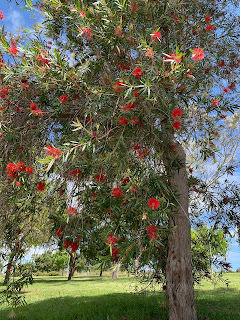Simplifying Complexity

We often approach things in a complex manner, and the more intricately we ponder them, the greater our concern about what steps to take, where to commence, and whether we can meet deadlines. In the most probable scenario, this leads to an increased burden on our minds and bodies. Therefore, it is crucial to grasp the essence of matters. This involves simplifying initially complex aspects as much as possible and reevaluating them at both elemental and structural levels. During this process, when dealing with only textual information, the overall structure may become unclear and challenging to comprehend. To address this, it proves effective to integrate charts, placing emphasis on logical connections and numerical figures. By simplifying matters in this manner, we gain the ability to perceive the essence, enhance work efficiency, improve problem-solving skills, and significantly alleviate stress. Nevertheless, achieving this level of simplification demands skill and a certain peri...





























